From clean rice to “carbon assets”
The emission reduction rice production model in Quang Tri province is implemented through the cooperation between the Department of Agriculture and Environment, the North Central Institute of Agricultural Science and Technology and Green Carbon Japan Company. In the winter-spring crop of 2024-2025, the model was piloted on 60 hectares in two communes of Vinh Thuy and Truong Ninh. By the summer-autumn crop of 2025, the model has expanded its area to more than 2,000 hectares in key rice areas of the province such as: Trieu Phong, Trieu Binh, Vinh Thuy, Truong Ninh, Ninh Chau, Quang Ninh.
Initial results show clear effectiveness, the application of alternating wet and dry irrigation (AWD) technique helps reduce methane (CH₄) by over 60% compared to traditional farming, equivalent to 3-3.3 tons of CO₂e/ha not emitted into the environment. In addition, the model helps save water, reduce material costs, limit pests and diseases and increase profits for farmers.
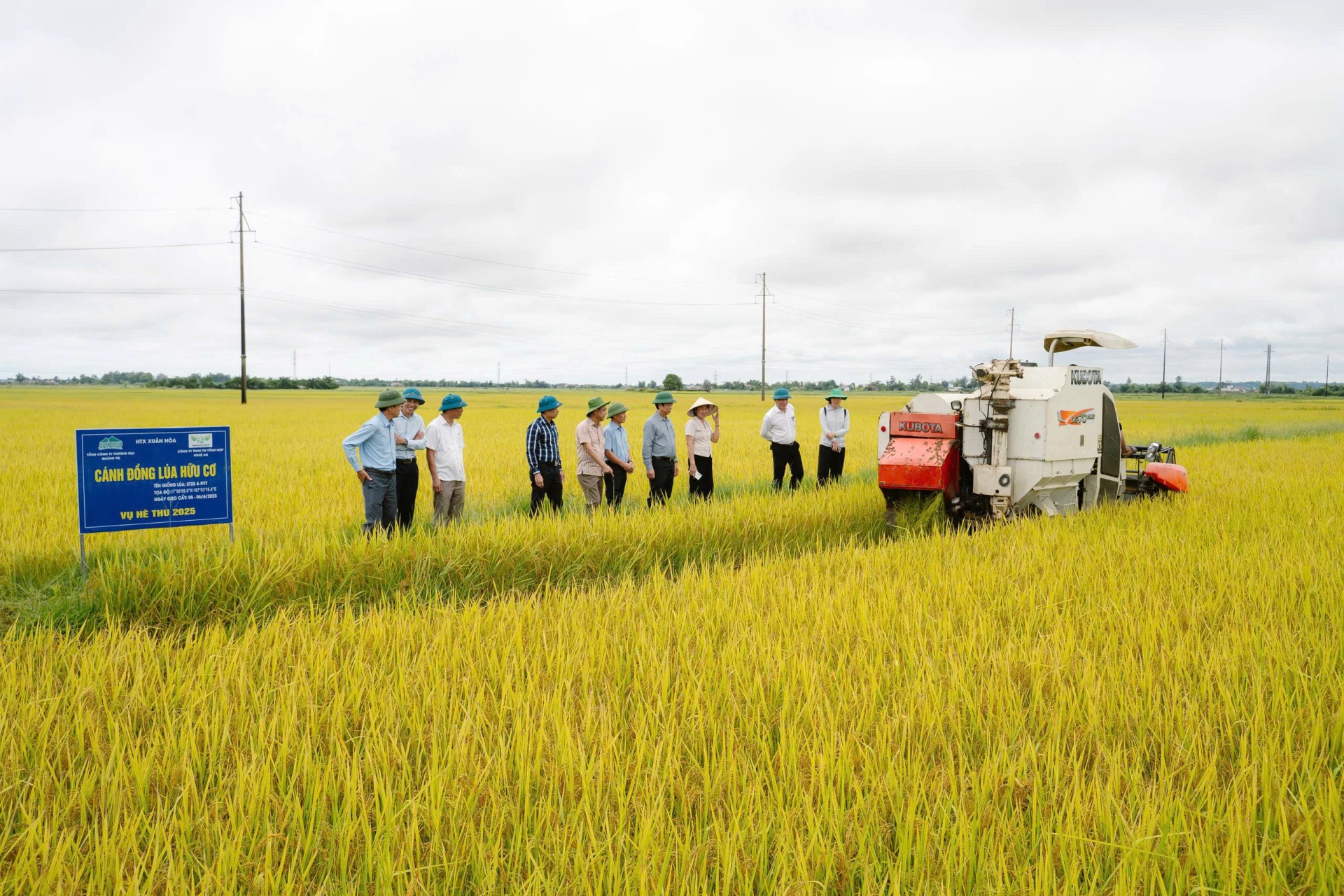 |
| Nearly 600 hectares of organic rice are the foundation for forming a high-value low-carbon rice production area in the province - Photo: TH |
Director of Trieu Thuan Agricultural Cooperative (Trieu Binh Commune) Nguyen Bieu said: The AWD model deployed by the Cooperative in the last summer-autumn crop on over 90 hectares has proven its practical effectiveness with water level monitoring tools for technical control. Compared to conventional production fields, fields applying the AWD method show that the rice is well-ventilated, the roots are strong and the yield is still maintained stably. More importantly, people understand that this method is both beneficial to the environment and opens up a direction for sustainable development. If there is a mechanism to sell carbon credits in the future, farmers will be more motivated to participate.
Currently, the province has nearly 600 hectares of organic rice production, concentrated in the communes of Vinh Thuy, Ben Hai, Hieu Giang, Gio Linh, Trieu Binh, Trieu Co. This is considered a favorable foundation for integrating the organic model with the emission reduction model, forming a high-value low-carbon rice production area. When these two directions are connected, each grain of rice will not only meet food safety standards, but also carry a "low carbon footprint", a factor that is increasingly of interest to the international market.
Deputy Director of the Department of Agriculture and Environment Nguyen Hong Phuong said: “The production of rice with reduced emissions not only contributes to the implementation of the green agriculture goal, but also opens up opportunities for farmers to access the carbon credit market in the future. With more than 102,000 hectares of rice planted annually, the province has great potential to participate in this market, bringing a “double opportunity” to both increase income and affirm the position of the agricultural sector in the green development trend.”
Orientation to "unlock" green potential
Despite the many prospects, the journey of "greening" rice in Quang Tri still faces many challenges. The biggest difficulty is changing farmers' production habits, a core factor that has been associated with many generations. Director of Thuy Ba Tay Agricultural Service Production and Business Cooperative (Vinh Thuy commune) Nguyen Van Lam said: "Through two low-emission rice production seasons, it has been shown that the most difficult thing to do is to change habits. Previously, people were used to pumping water to fill their fields, but now they have to learn to "listen to the sound of the earth", measure the water level before watering. Although they have been encouraged a lot, although people follow the techniques, they are still full of anxiety, until the season ends and they see the results, then they believe."
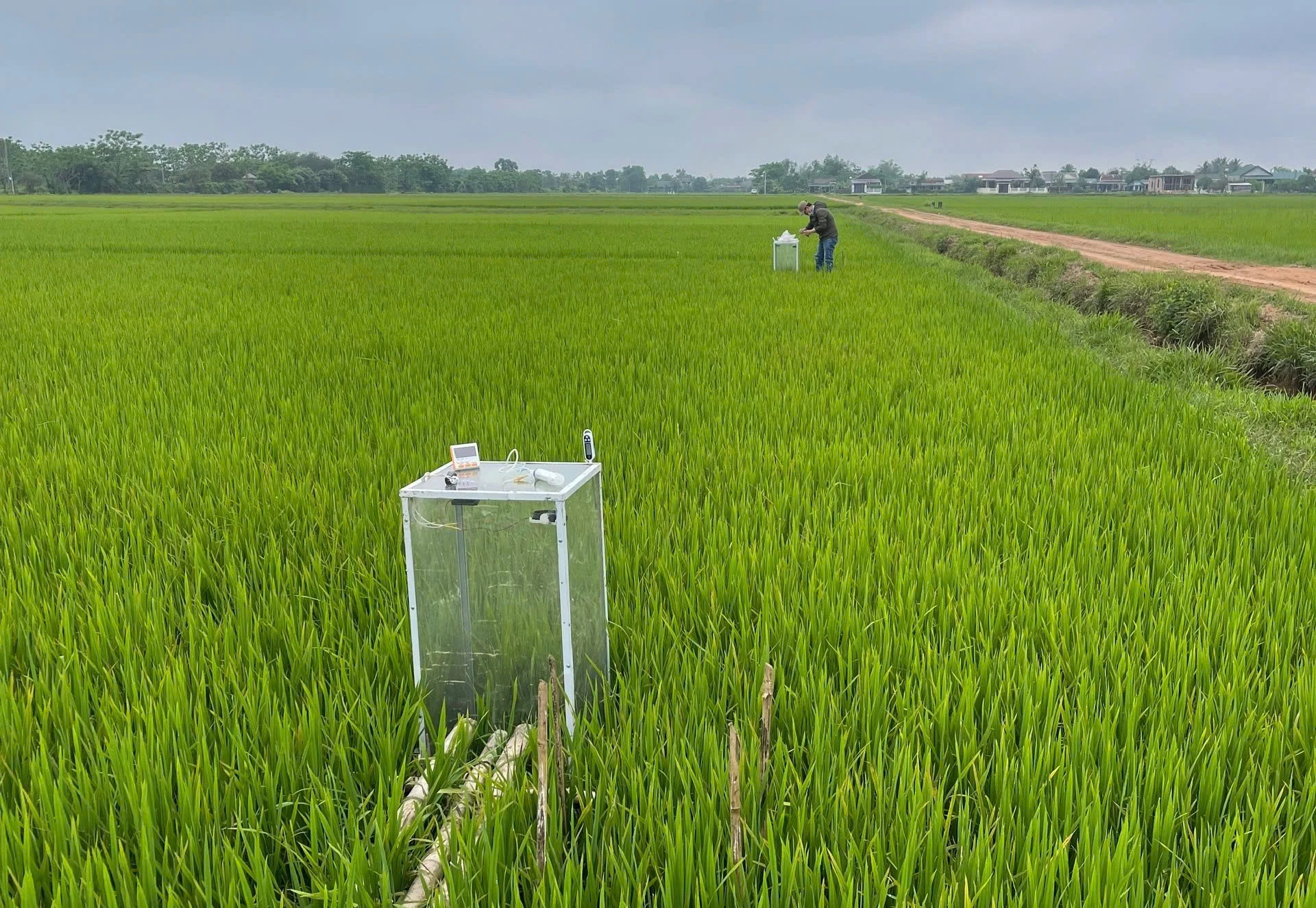 |
| Emission reduction rice production model implemented at Thuy Ba Tay Agricultural Service Production and Business Cooperative, Vinh Thuy commune, winter-spring crop 2025 - Photo: TH |
In addition, our country currently does not have a specific mechanism to commercialize carbon credits in rice production. The processes of measuring, reporting, and assessing emissions require high technology and high costs, beyond the capacity of many cooperatives. Some production areas still lack water level sensors, and digital data is fragmented. In particular, the international voluntary carbon credit market requires absolute transparency, while the domestic legal framework is still in the process of being completed.
“We have high hopes for this model, but there is currently no credit purchasing unit or specific benefit-sharing mechanism. We hope that in the near future, the State will soon issue clear regulations so that farmers can benefit commensurate with their efforts in reducing emissions,” added Nguyen Bieu, Director of Trieu Thuan Agricultural Cooperative.
According to the plan, the province aims to have 50% of the province's rice area participating in the emission reduction program by 2030, and develop an additional 5,000-10,000 hectares of production each year according to the emission reduction process. This is a strategic step in the roadmap to implement the carbon neutrality target that Vietnam committed to at COP26, while affirming Quang Tri's pioneering role in developing sustainable agriculture in the North Central region.
According to Deputy Director of the Department of Agriculture and Environment Nguyen Hong Phuong, in the coming time, the province will focus on synchronizing techniques and technology to turn rice into a "carbon asset". The key solution is to promote the use of organic fertilizers, biological products, reduce chemicals in production; apply AWD techniques, agroforestry, and advise farmers not to burn straw and ground cover after harvest to reduce emissions.
In addition, continue to strengthen the transfer and training of techniques to help farmers master environmentally friendly farming processes; transfer digital skills and improve the capacity to access the carbon market for cooperatives and farmers; continue to perfect the online growing area management platform, connect data from sensors, drones and satellite images to ensure transparency and proactive readiness when the carbon trading floor officially comes into operation...
Thanh Hoa
Source: https://baoquangtri.vn/kinh-te/202510/san-xuat-lua-giam-phat-thai-huong-di-cho-nong-nghiep-xanh-27d6e24/


![[Photo] Prime Minister Pham Minh Chinh meets with South African President Matamela Cyril Ramaphosa](https://vphoto.vietnam.vn/thumb/1200x675/vietnam/resource/IMAGE/2025/10/23/1761226081024_dsc-9845-jpg.webp)
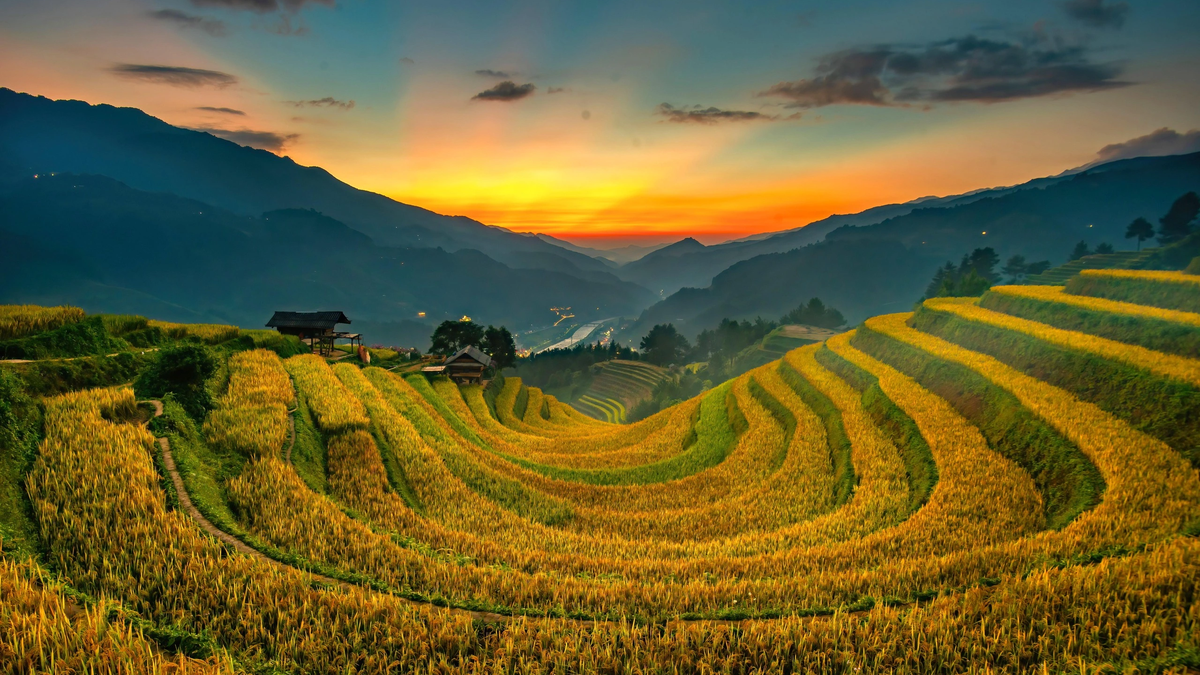


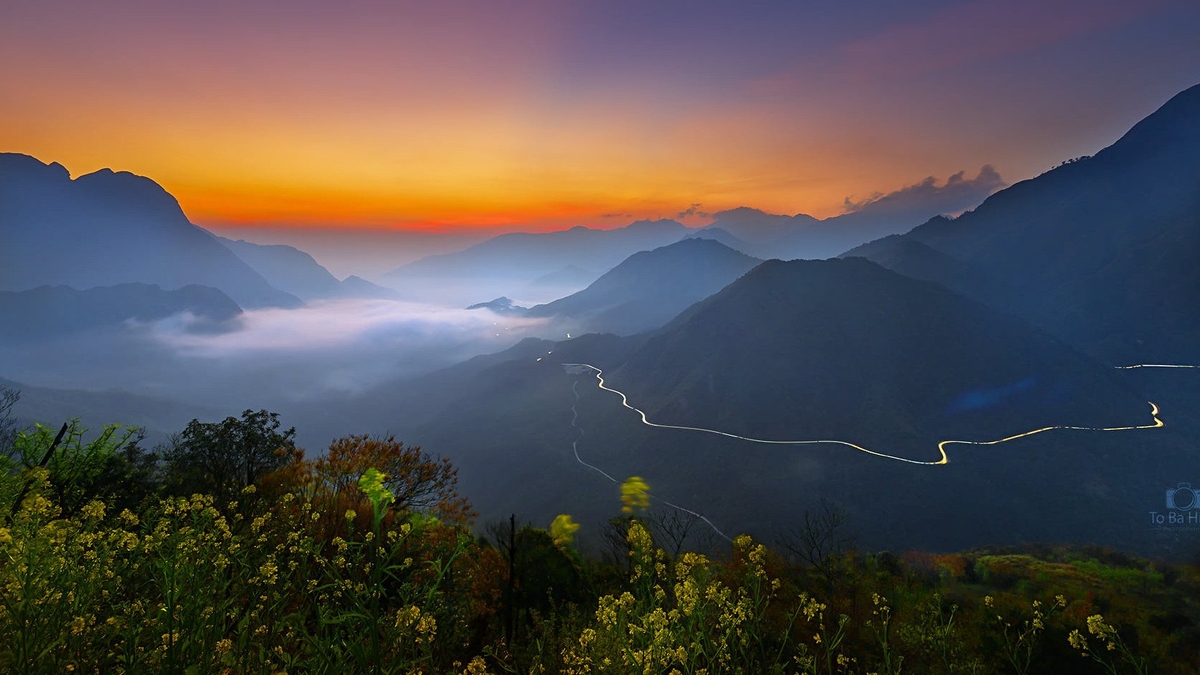
![[Photo] President Luong Cuong holds talks with South African President Matamela Cyril Ramaphosa](https://vphoto.vietnam.vn/thumb/1200x675/vietnam/resource/IMAGE/2025/10/23/1761221878741_ndo_br_1-8416-jpg.webp)
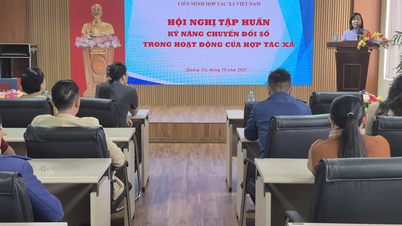
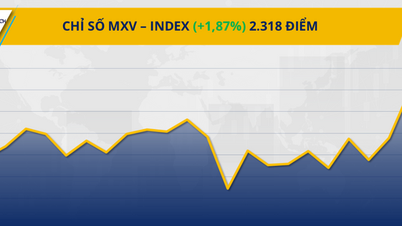

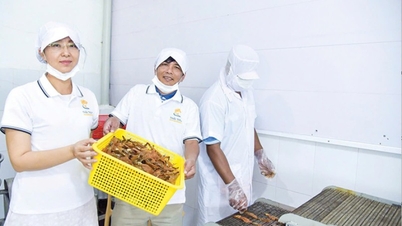

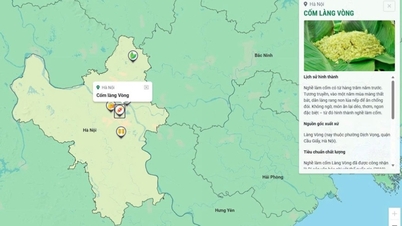


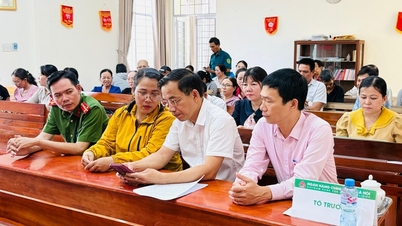






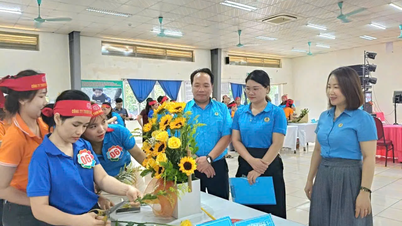
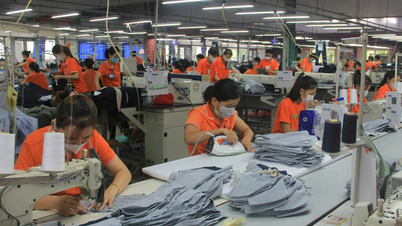
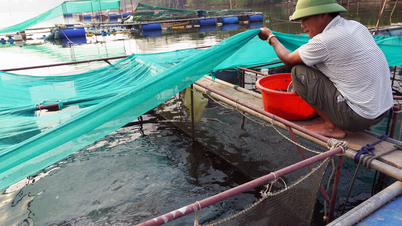
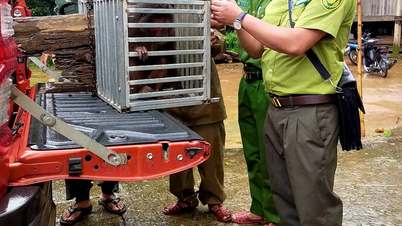



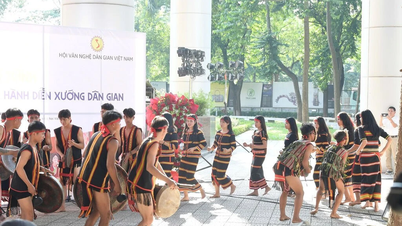









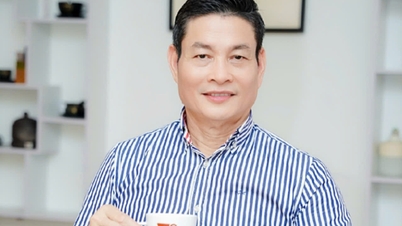

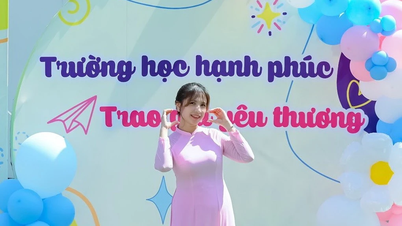



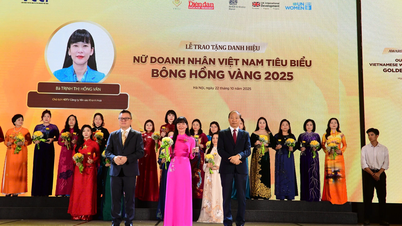

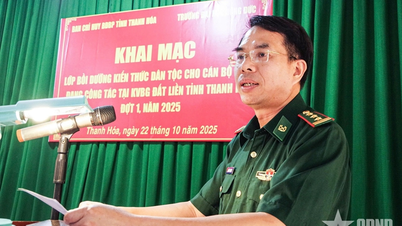



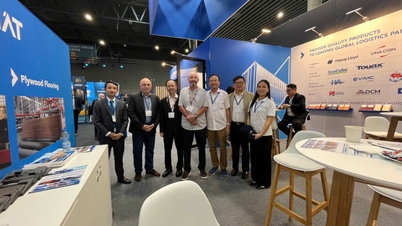

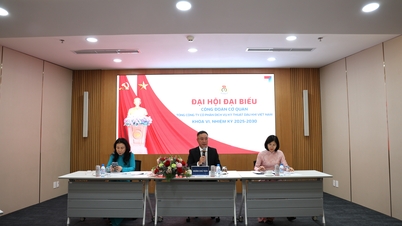
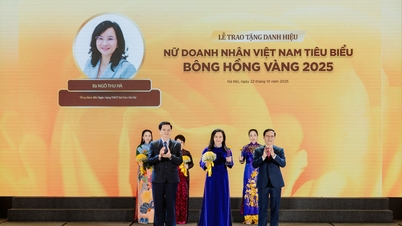

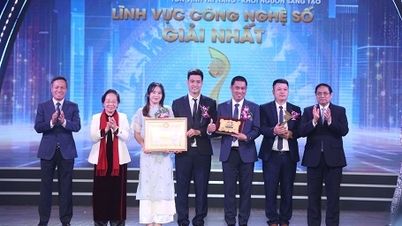
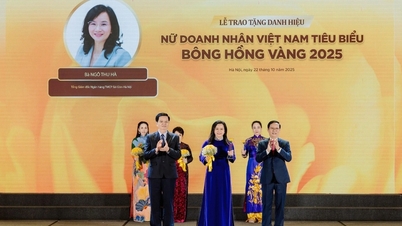






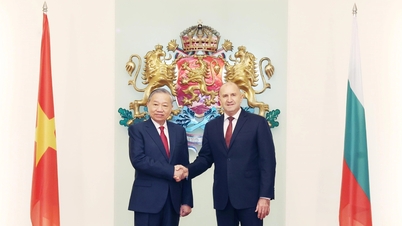



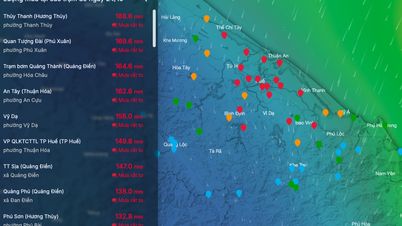
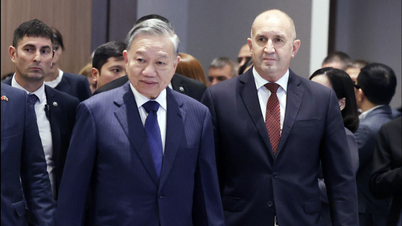
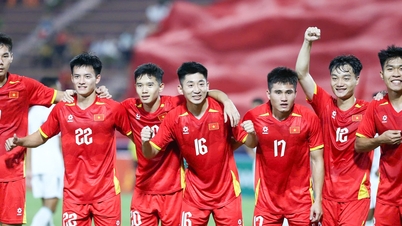
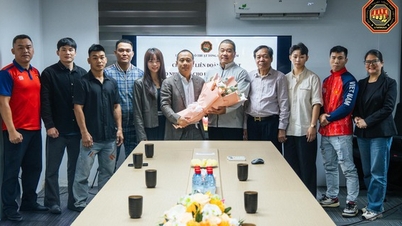

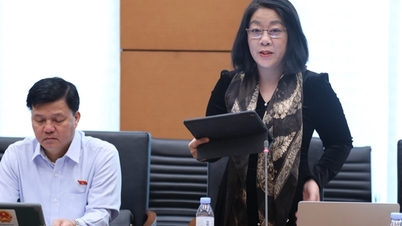
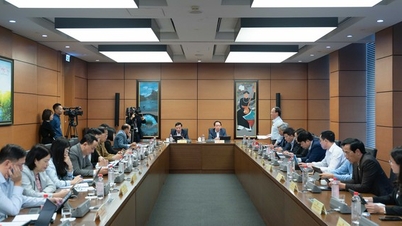
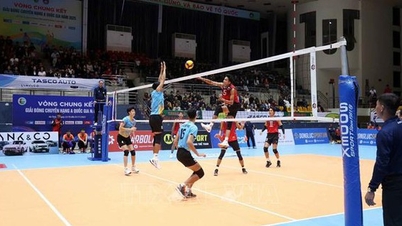
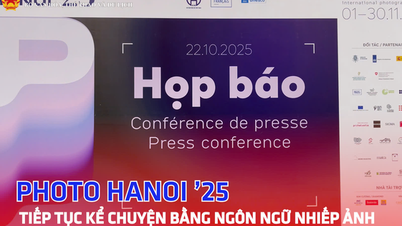
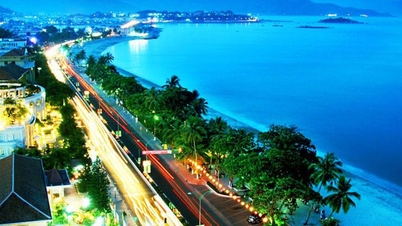
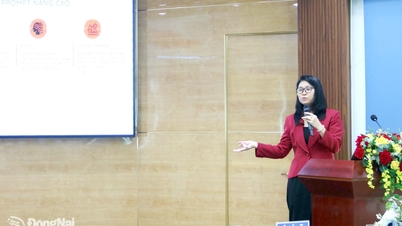

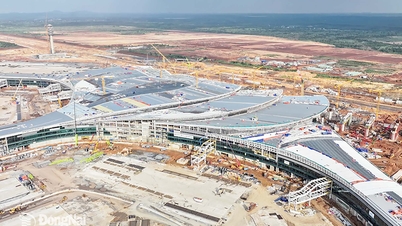
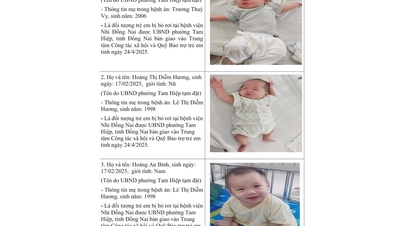
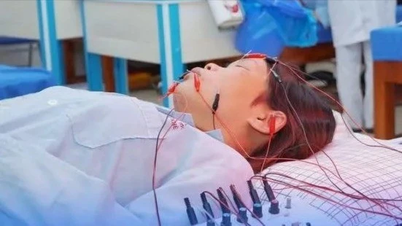


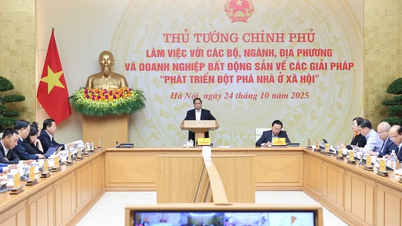













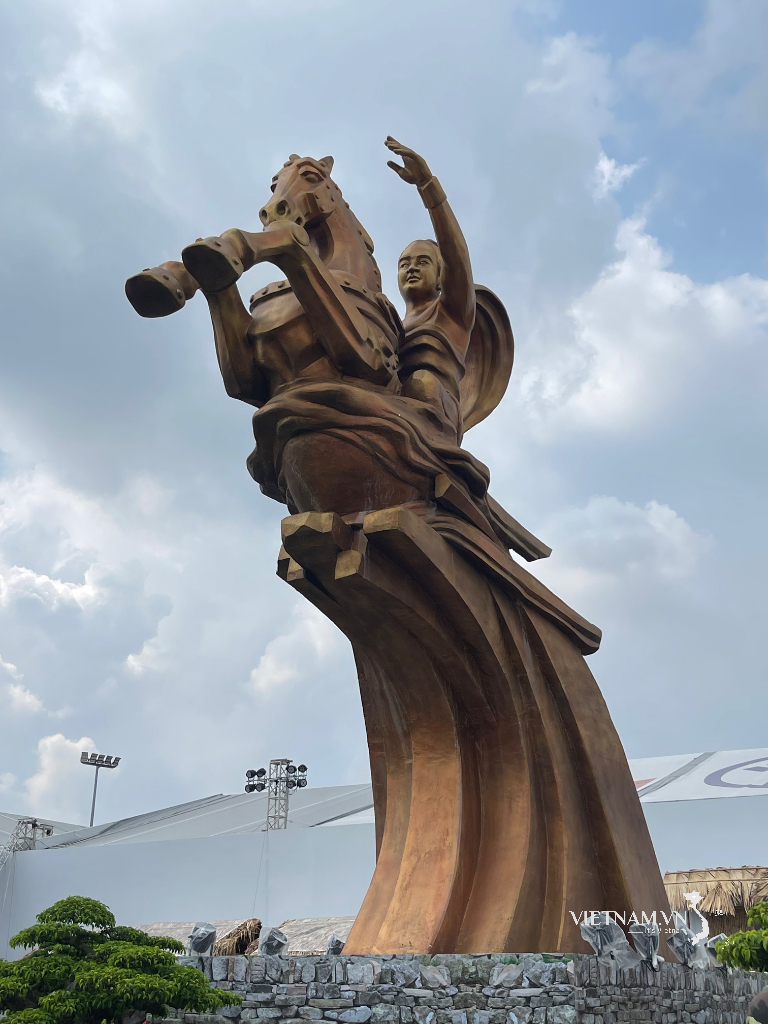

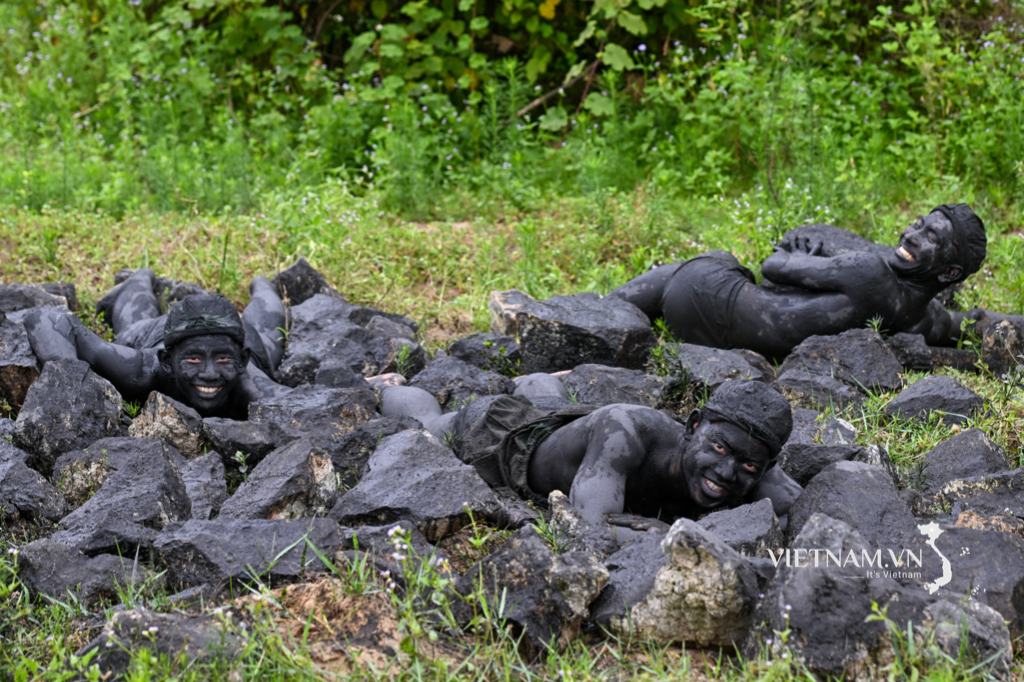
Comment (0)